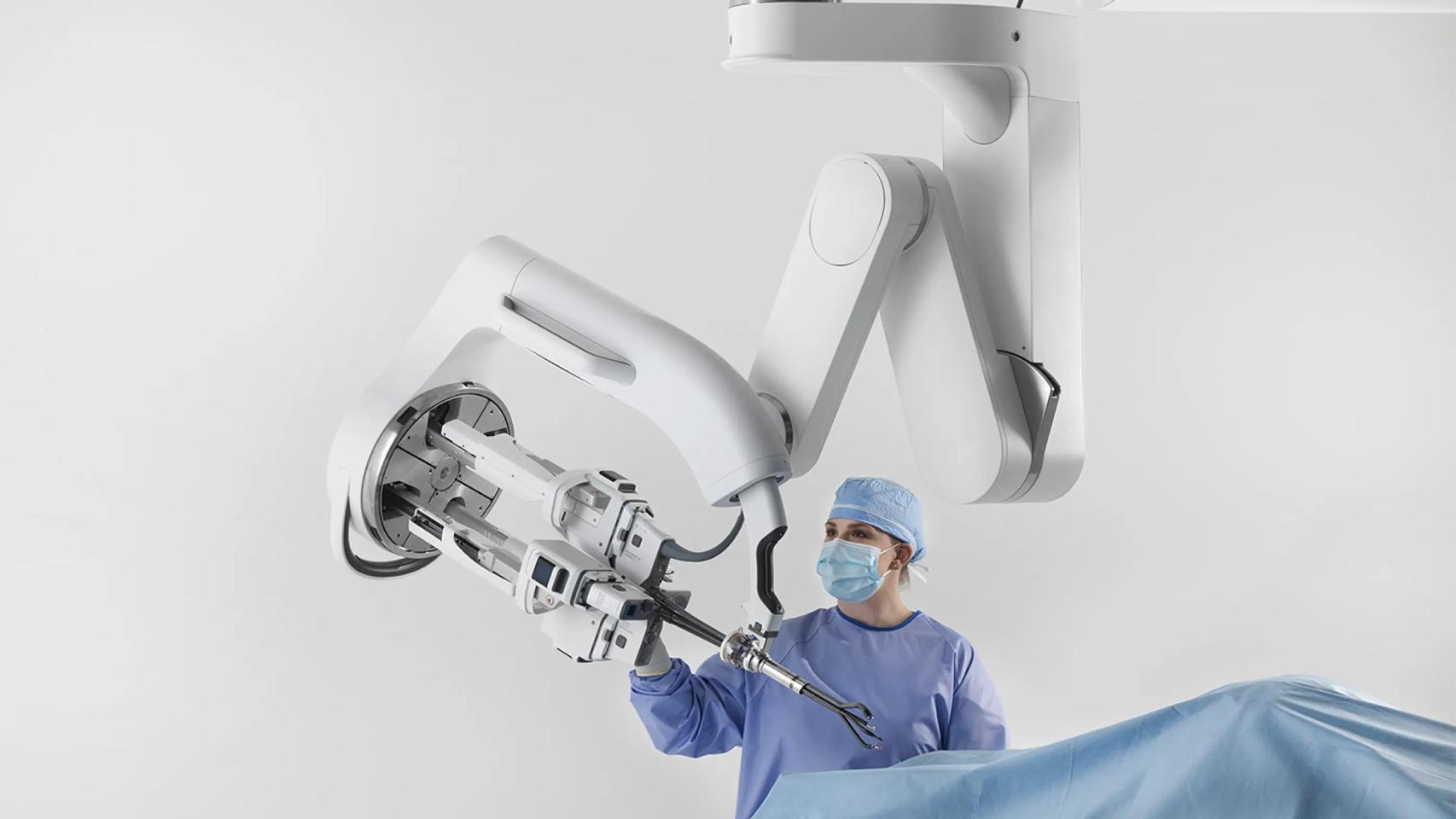All Android mobiles sold in Europe have the possibility of connecting to a computer via ADB. This feature is initially intended for developers, but there are several occasions when, as users, it is convenient to be able to access this tool.
Acronyms refer to Android Debugging Bridge, and initially it is designed to serve as a bridge between our mobile and debugging tools on a computer. Sometimes these tools are able to give an application capabilities that would otherwise be possible only through root. Equally effective and much more secure, increasingly advanced applications are betting on the need for ADB.
The best ADB app is also the easiest to use
Today we know of a web application that allows us to access the mobile ADB without having to install Android development tools, which, while not overly complicated, sometimes ends up being cumbersome.
The most that you will have to do to keep track of this web application is to bookmark it on your computer, since it does not require installation. This requires us to use Chrome or Microsoft Edge (although by extension this should work with any Chromium-based browser).
Web ADB.
One requirement that we will have to fulfill will be to go to chrome: // flags / # new-usb-backend and activate said option. After that the browser will tell us that it needs to be restarted to apply the changes. We accept.
Once prepared, you’ll probably want to try connecting your mobile to the computer. Remember that you must activate the USB debugging. For it:
- We go to the adjustments.
- In About phone, we are looking for the Build number.
- We click on it 7 times consecutively. It will ask us for the phone’s PIN code to activate the Developer options.
- We go back there, in the settings it should appear Developer options, where we can activate the USB debugging.
Pressing the blue button Add device
Many possibilities
And we would already be connected by ADB to our mobile. As we see in the image, we find a side menu with various options. They are all in English, so we will describe them one after the other:
- Introduction: The home screen where it shows us the initial information.
- Device Info: Information about the connected ADB device.
- ADB via Wi-Fi: Allows access to ABD mode via Wi-Fi, on devices that support it.
- Interactive shell: The terminal through which we can execute the console commands that some applications need.
- File manager: File manager of our phone.
- Install the APK: Do you have an APK file on your computer and want to install it without complications? From this menu you can make it easy.
- Screenshot: Take screenshots directly from your mobile to your computer.
- Scrcpy: View and control your mobile screen from your computer.
As we have already mentioned before, Web ADB is one of those tools that you should never lose sight of. Being a web application, it will not take up space in your browser, but add it to favorites so that it does not get lost.
For me, it’s already a must.
The reality of mid-range mobiles at 800 dollars
vivo X51 5G: exceptional camera
OnePlus Nord N10 5G review
Huawei Mate 40 Pro review
Samsung Galaxy S20 FE review
Análisis Xiaomi Mi smart speaker
Huawei FreeBuds Studio review
OPPO Reno 4 Pro review













